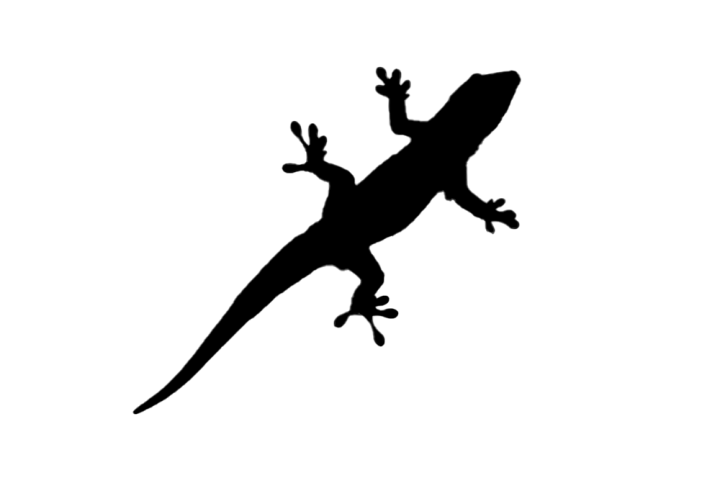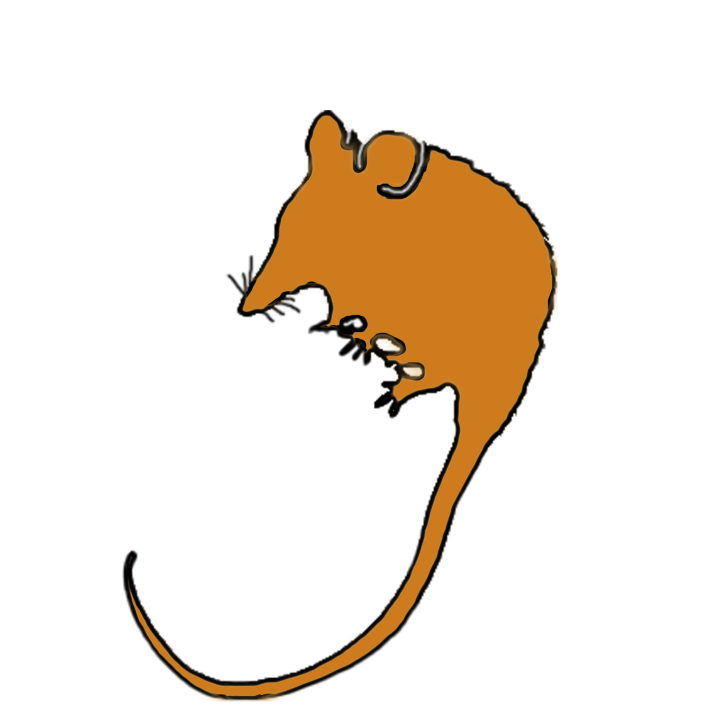For the Cambridge Festival 2022, follow the trail around the Museum to find out about insects and plants and how they evolve together.
Follow the trail on your device below, or download and print to take with you here:
Follow on your device…

Flowering plants often need the help of insects to share pollen to create seeds. Insects carry pollen from one flower to another, causing pollination which leads to more seeds and plants.
Beetles

Beetles have been pollinating flowering plants for around 150 million years! Well before bees and butterflies. They eat parts of the plant and flower and carry pollen with them as they move from flower to flower.
Look for beetles in the museum and draw some in a flower.
Butterflies

Butterflies are important pollinators. They travel from flower to flower in search of nectar. As they suck up the nectar using a long straw-like mouth part (their proboscus), they knock into the flower’s pollen. This they carry on their bodies to the next flower, pollinating as they go.
There’s lots of butterflies to be found in the museum. Draw or take a photo of your favourite.
Moths

The cinnabar moth is a bold red and black coloured moth, and the caterpillar has a striking yellow and black colour pattern, which warns predators not to eat it. The caterpillar doesn’t taste very nice to birds because it feeds on the plant ragwort, which contains chemicals that can be toxic to other animals.
Ragwort produces flowers which are important for many flying pollinating insects, including butterflies.

Find the moth and caterpillar in the insect case. Look at their striking, bright, warning patterns.
Leaf-cutter ants
In some tropical habitats leafcutter ants are the dominant herbivores, and they can clear more than 15% of leaf growth.

They move through the forest collecting leaves, but they don’t eat them. Instead, they can be seen in long lines carrying them underground to their fungus farms. The fungus grows on the collected leaves and the ants eat the fungus.
Worm-snakes

Scolecophidia, or worm-snakes, are a group of small snakes that live most of their lives underground. The name Scolecophidia comes from the Greek ‘skolex’ meaning worm and ‘ophis’ meaning snake, so a common name for this group is the worm snakes, referring to their subterranean lifestyle.
They find their food underground too. Not nectar, leaves or fungus, but insect larvae! The majority of species have specialized to feed on the larvae of insects such as ants or termites, and have acquired numerous adaptations to help them with this.

One way in which they have adapted is by using a ‘binge-feeding’ method, which means that they eat multiple prey items at once. They have specialized jaws that swing forward and drag prey into the mouth at a rapid pace, which is important when feeding on ant larvae, as adult ants are aggressive towards predators.
Some species of these snakes are also able to smell the pheromones that ants leave to find their way back to the nest, using these trails to find ant nests.
Find three species of worm-snakes in the reptile case. Do you think they look more like worms, or snakes?
Not all pollinators are insects. Search the museum for some unexpected, yet ‘blossoming’ relationships.
Geckos

Find the geckos in the reptile case. Although very rare, pollination can also be carried out by geckos and small lizards. The ornate day gecko is a nectar-eating reptile that hops from flower to flower, pollinating the colourful flowers as it goes.
Like many other reptiles, they also eat insects and overripe fruit.
They are not the only lizards known to pollinate plants. For example, in South Africa The Cape cliff lizard Hemicordylus capensis is known to eat the nectar of Massonia grandiflora and the Namaqua day gecko Rhoptropella ocellata is known to eat the nectar of Eucomis regia flowers, pollinating them in the process.
Marsupials
Head to the lower gallery and find the polar bear skeleton, look up and you’ll see our next nectar-eating animal. The honey possum, or noolbenger (their Indigenous name).

It is the only non-flying mammal that relies entirely on nectar and pollen and can eat their own body weight in nectar each day. Being so small and nimble means that they can climb around flowers in order to feed.
Among their favourites are the huge, nectar-laden cones of Banksia plants. Banksia cones, and many of their other food plants, are far larger than the possums themselves, and the marsupials play an important pollinating role as they crawl over them.
Lemurs

Find the lemurs in the lower gallery. Found only in Madagascar, the ruffed lemur is the world’s largest pollinator and can eat from up to 130 different flowers.
The lemur reaches the nectar inside using their long snout and tongue. This brushes pollen onto their fur, where the lemurs carry them on to the next flower they visit, pollinating the trees as they go.
Bats

Some bats pollinate flowers, just like insects do, and play an important role in seed dispersal.
The Indian flying fox will feed on the flowers of the mango tree, helping the plant to produce the tasty mango fruits. This helps the mango tree to reproduce and, ultimately, helps supply us with mangos to eat.
Over 500 plants rely on bats to pollinate their flowers. Find the bats in the museum to see flying fox or fruit bats.
Find out more about our Kaleidoscope of Butterflies display: A Kaleidoscope of Butterflies
Why not look for pollinators around Cambridge this summer, using our Cambridge Wildlife Safari Trail

